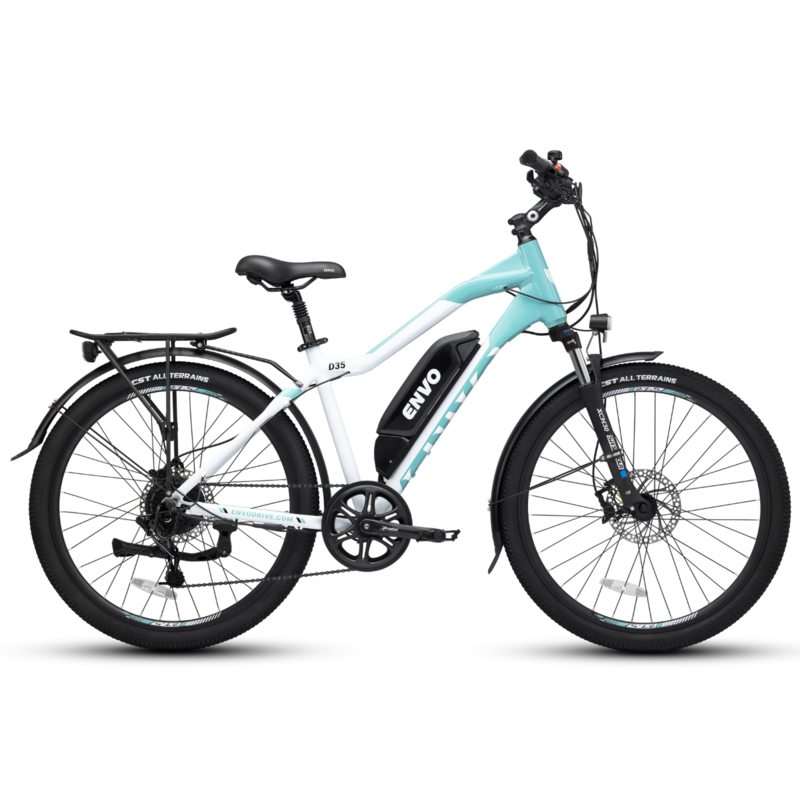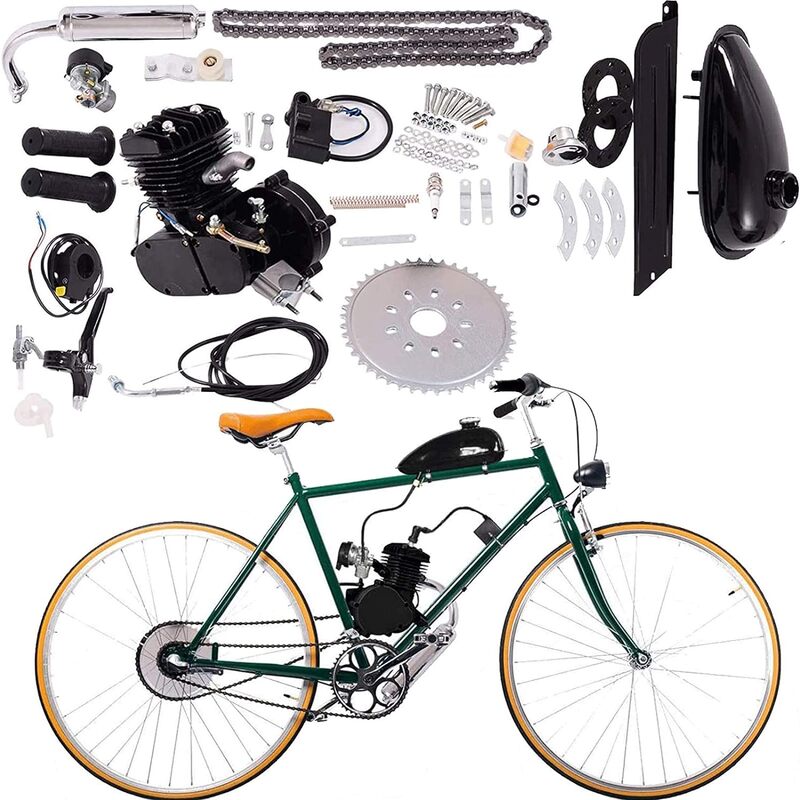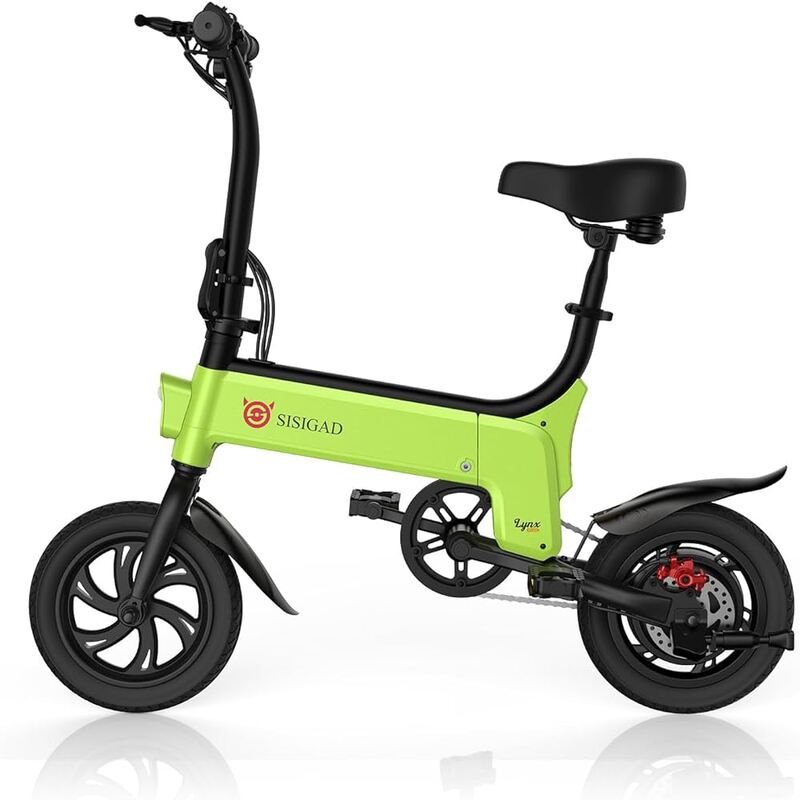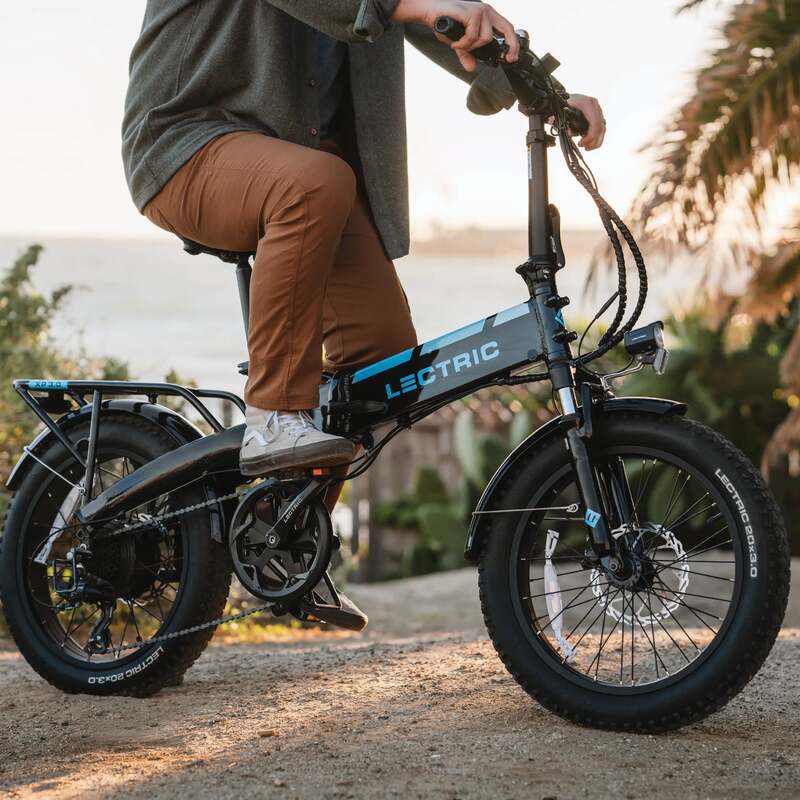Evolving Battery Technologies
The heart of an electric motor bicycle is its battery. Advances in battery technologies are shaping the future of e-bikes. Manufacturers strive to enhance battery life while reducing weight. Lighter bikes are easier to handle and can go further on a single charge.
Lighter and Long-lasting Battery Packs
Weight is a big factor in motor bicycle design. A heavy battery makes a bike hard to pedal and slow to stop. New materials and battery designs are trimming down the pounds. They are boosting energy density too. This means you can ride your e-bike longer without worrying about a recharge.
Advances in Fast Charging Solutions
Riders want to spend more time on the road, not waiting for batteries to charge. Fast charging is the answer. Innovations in this area are cutting down charge times significantly. Imagine fully charging your e-bike in the time it takes to enjoy a coffee. This is becoming a reality with the latest fast-charging solutions for motor bicycles.

Integrated Smart Features
The shift toward smart technology is redefining the electric motor bicycle landscape. With integrated smart features, riders not only enjoy a smoother ride but also gain greater control and customization of their experience.
IoT Connectivity and App Integration
Modern motor bicycles are now more connected than ever, thanks to the Internet of Things (IoT). IoT connectivity enables e-bikes to communicate with a range of devices and apps. This integration allows riders to monitor their bike’s performance, track ride statistics, and even adjust settings straight from their smartphones. Features such as GPS tracking, ride analytics, and battery status updates are all at the rider’s fingertips.
By integrating with dedicated apps, motor bicycles provide a more personalized ride. Cyclists can plan routes, set fitness goals, and review their riding habits over time. This level of interaction enhances the user experience, making every journey on an e-bike an informed and enjoyable one.
Enhanced Security Systems
As motor bicycles become more advanced, so do their security features. Enhanced security systems play a crucial role in protecting both the bike and the rider. Innovative security solutions such as GPS-enabled theft protection, remote locking mechanisms, and alarm systems offer peace of mind. Riders can confidently park their e-bikes, knowing that high-tech security measures are in place to deter theft or unauthorized use.
These security systems often work in tandem with smartphone apps, sending instant alerts to the owner if any suspicious activity is detected. The combination of physical and digital security tools ensures that safety concerns don’t overshadow the pleasure of riding a motor bicycle.
Smart features in motor bicycles are not just a trend; they represent the natural evolution of personal transportation in a digitally connected world. As we move into 2024, these technologies are setting new standards for convenience, enjoyment, and security in the realm of electric biking.
Improved Motor Efficiency
Efficiency is key in motor bicycle innovation. In 2024, we are seeing significant strides in optimizing motor efficiency. This not only enhances performance but also extends the e-bike’s range, making them more appealing to consumers. Striving for better efficiency, engineers focus on motor design and regenerative braking systems to revolutionize the riding experience.
Breakthroughs in Motor Design
Motor design breakthroughs are transforming how electric motor bicycles perform. Engineers are rethinking traditional designs to lower energy consumption while increasing power output. Compact, lighter motors deliver more punch with less battery drain. The result is faster acceleration and smoother rides. Innovations include improved heat management and the use of high performance magnets. These enhancements contribute to an overall more efficient and responsive motor bicycle experience.
Regenerative Braking Systems
Regenerative braking systems are a game-changer for electric motor bicycles. They capture kinetic energy lost during braking and convert it back into electrical energy. This process recharges the battery, even while you ride. It’s a smart way to extend your journey without the need for frequent stops to charge. Plus, it reduces wear on the braking system, saving riders on maintenance costs. Look forward to longer rides and better efficiency with the latest regenerative braking technology in motor bicycles.

Enhanced Safety Mechanisms
Safety is a top priority for riders of electric motor bicycles. As technology advances, so do the measures to protect cyclists. The year 2024 introduces impressive safety features. These ensure that riders enjoy not only efficient but also secure journeys.
Advanced Braking Systems
Advanced braking systems are central to the safety enhancements in motor bicycles. These systems respond quicker and are more reliable than ever. They use sensors to detect road conditions and rider input. This helps to provide the right amount of stopping power. Hydraulic disc brakes and anti-lock braking systems (ABS) are now more common. They greatly reduce the risk of accidents caused by sudden stops.
Smart Lighting and Visibility Solutions
Smart lighting and visibility are also crucial for safe motor bicycle rides. New lighting systems automatically adjust to environmental conditions. For example, they get brighter in fog or at night. This makes riders more visible to others on the road. Integrated turn signals and braking lights add an extra layer of safety. They communicate the rider’s intentions to traffic. This helps prevent collisions. Reflective materials and LED accents on the bike increase visibility even more.
These safety mechanisms show that motor bicycle innovation goes beyond performance. It includes a deep commitment to rider well-being. The keyword ‘motor bicycle’ highlights the focus on these two-wheeled vehicles. The future of e-biking looks bright and, more importantly, safe.
Sustainable Manufacturing Practices
As the electric motor bicycle industry grows, so does its impact on the environment. Recognizing this, manufacturers in 2024 are emphasizing sustainable manufacturing practices. These practices aim to minimize ecological footprints and promote a greener future for personal transportation.
Use of Eco-Friendly Materials
In the pursuit of sustainability, the use of eco-friendly materials is pivotal. Manufacturers are experimenting with renewable resources, like bamboo and recycled aluminum, for motor bicycle frames and components. These materials offer strength comparable to traditional ones but with a crucial difference — they are more environmentally friendly. By choosing such materials, motor bicycle producers address the environmental concerns of their eco-conscious consumers.
Ethical Sourcing and Production Processes
Ethical sourcing is another cornerstone of sustainable practices. Motor bicycle brands are more careful about where they get their materials. They look for suppliers that maintain high environmental and labor standards. Ethical production processes follow suit. Companies are reducing waste, saving energy, and using less water in their production lines. They make sure workers have fair wages and safe conditions. These steps ensure that the motor bicycles reaching consumers are not only advanced but also responsibly made.
Manufacturers are not just focusing on the product itself but the entire lifecycle, from sourcing to production to disposal. They aim for a closed-loop system where every motor bicycle is recyclable or biodegradable. Such commitment to sustainable manufacturing is essential. It ensures that the motor bicycle remains a symbol of green transportation well into the future.

Futuristic Design Aesthetics
As the electric motor bicycle industry hurtles forward, the way our bikes look and feel is evolving rapidly. In 2024, we witness an aesthetic revolution, where form meets function in the sleekest of designs. The keyword ‘motor bicycle’ now conjures images of cutting-edge machinery, shaped by the principles of aerodynamics and personalized expression.
Aerodynamic Frames and Components
Motor bicycles in 2024 have transformed into high-tech wonders with aerodynamic frames and components. Sleek contours and fluid lines reduce air resistance, enabling higher speeds with less effort. Manufacturers use advanced materials that make the frames lighter yet incredibly strong. These bicycles are not only a pleasure to ride but also a visual delight, boasting designs that rival the finesse of modern sports cars.
Key features of the new aerodynamic designs include:
- Fluid shapes that slice through the air with ease.
- Lightweight materials that contribute to overall speed.
- Strengthened structures offering greater durability.
Customizable Design Features
Flexibility in personalization is a significant trend, with riders wanting their bikes to reflect their unique style. Motor bicycles come with customizable design features that cater to this demand. From a range of colors and patterns to interchangeable parts and accessories, the options are vast. Owners can tailor their rides to their personalities, making each motor bicycle a unique statement on two wheels.
Highlights of these customizable options are:
- An array of color schemes and graphic decals.
- Modular components that riders can swap out.
- Accessories that add both style and functionality.
These advancements showcase that motor bicycles are not just about getting from point A to point B; they are an extension of the rider’s identity, blending state-of-the-art functionality with personal flair.
Innovative Gear and Transmission Systems
As we delve into the advancements in motor bicycle technology for 2024, we see a significant innovation in gear and transmission systems. These systems are crucial for a smooth riding experience, giving cyclists better control and efficiency. Let’s look at two of the key developments in this area.
Electronic Gear Shifting
Electronic gear shifting marks a leap forward for motor bicycles. Instead of traditional mechanical systems, we now have electronic shifters that are faster and more precise. They offer riders the ability to switch gears with a simple tap of a button, making gear changes seamless and almost instant. This reduces the strain on the rider during transitions and contributes to a more enjoyable ride.
Key highlights of electronic gear shifting include:
- Effortless gear changes with a press of a button.
- Faster response time, improving ride dynamics.
- High precision, resulting in flawless gear engagement.
Adaptive Transmission Technologies
Adaptive transmission technologies bring about a tailor-made riding experience. Advanced systems now adjust gear ratios automatically based on the terrain and the rider’s speed. These smart systems reduce the need for manual gear changes and enhance the e-bike’s performance.
Innovations in adaptive transmission technologies lead to:
- Smart adjustment of gears to suit riding conditions.
- Reduced effort for the cyclist, especially on challenging terrains.
- Optimal power utilization, extending the motor bicycle’s range.
With these innovations, motor bicycles become more intuitive, responding to the needs of the rider and the environment. They ensure that every journey is smoother, letting cyclists focus on the joy of riding.
The world of electric motor bicycles sees major advancements in connectivity and navigation for 2024. Riders can now experience a new level of integration with their surroundings, making travel not just easier, but smarter.
GPS and Route Planning Features
Modern motor bicycles come equipped with advanced GPS systems. These allow for precise location tracking and efficient route planning. Riders can quickly plan their journey with real-time traffic updates, ensuring they reach their destinations quickly and safely. The key benefits include:
- Accurate turn-by-turn navigation that minimizes the chance of getting lost.
- Real-time updates on traffic conditions to avoid delays.
- Easy sharing of routes with friends for group rides or safety.
Manufacturers have focused on making these features user-friendly, emphasizing simplicity in their design.
V2X (Vehicle-to-Everything) Communication Systems
The introduction of V2X (Vehicle-to-Everything) communication systems brings a groundbreaking change. Motor bicycles can now communicate with other vehicles, infrastructure, and even pedestrians. This connectivity ensures a higher level of safety and coordination on the road. Here’s what V2X communication offers:
- Alerts about potential hazards or traffic jam ahead.
- Coordination with traffic signals for smooth flow of rides.
- Exchanges of information with other road users to prevent accidents.
The impact of these systems extends beyond individual riders, as they pave the way for a smarter and more integrated urban transport ecosystem.
With the keyword ‘motor bicycle’ being a vibrant area of technological development, these connectivity and navigation improvements represent vital strides forward in the evolution of e-biking.
